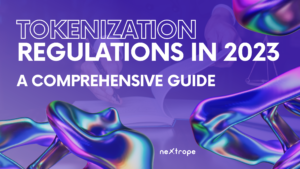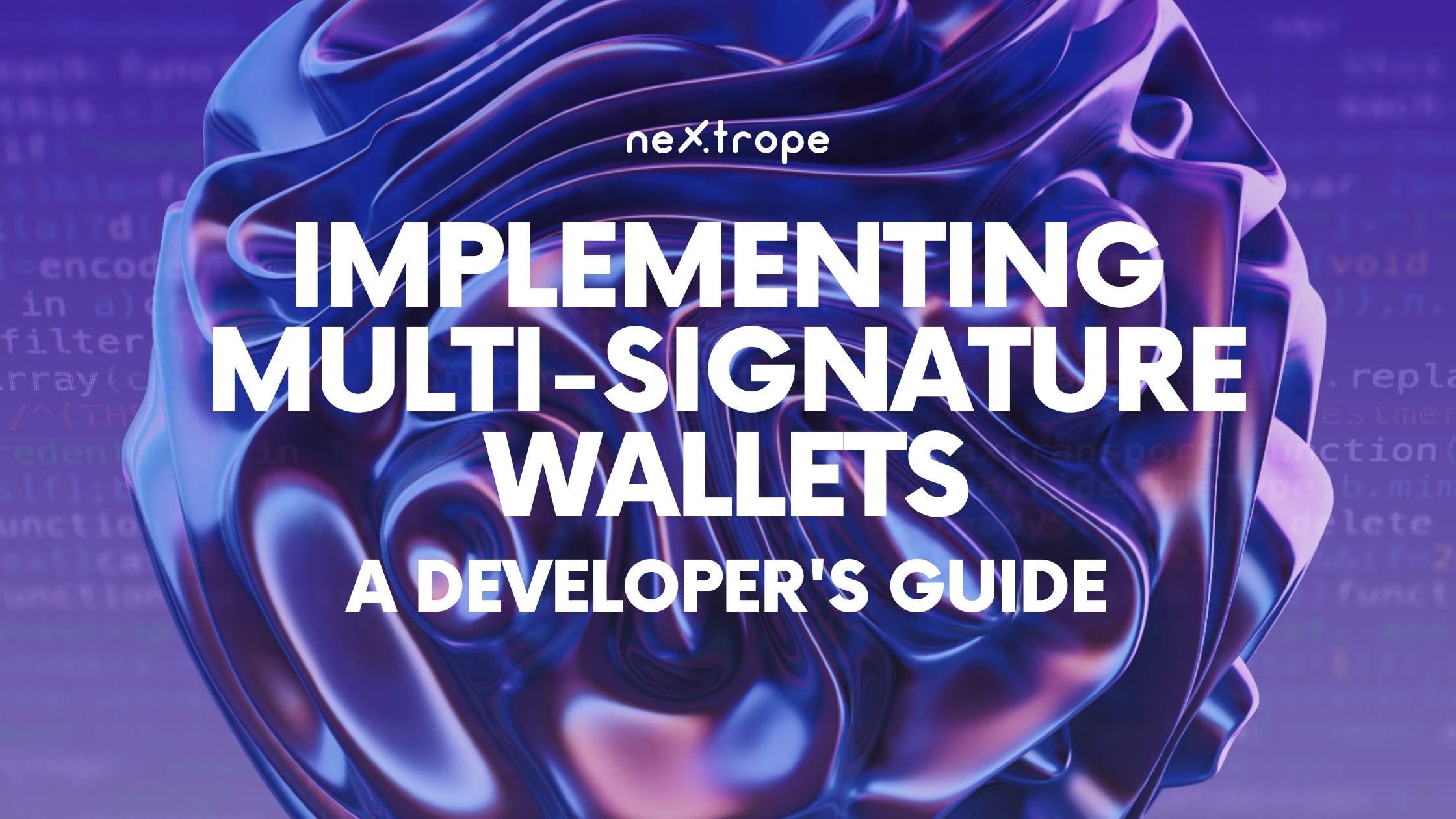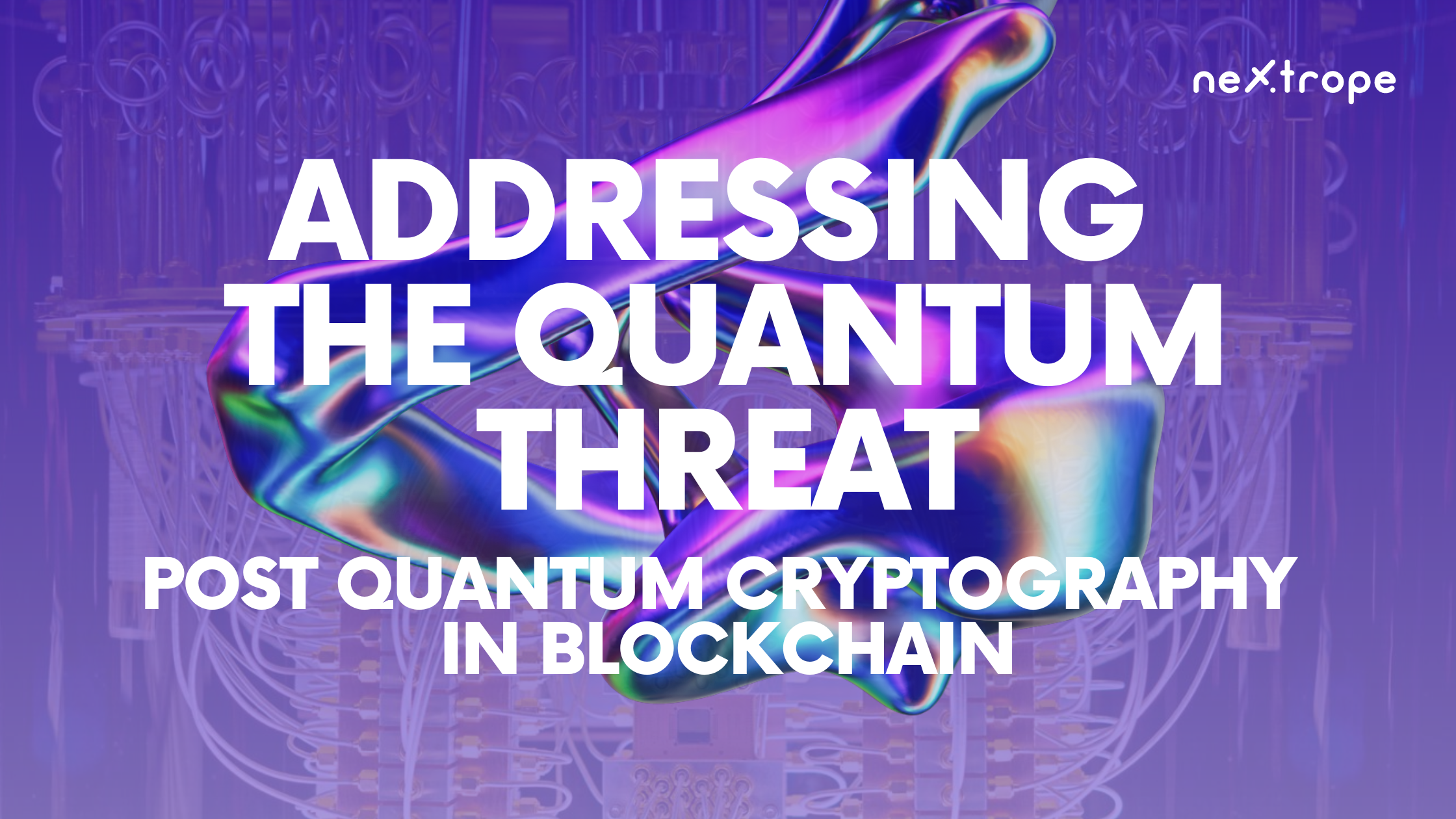Tokenization has become a prominent trend in the finance sector, with conventional funds and asset managers progressively examining alternative assets' tokenization potential. Utilizing blockchain technology, artificial intelligence, and cryptocurrencies, tokenization provides numerous advantages. For example heightened liquidity, superior transparency, increased operational efficiency, and streamlined processes. Nevertheless, understanding tokenization regulations and navigating the intricate regulatory environment can be daunting. This all-inclusive guide will thoroughly explore regulatory advancements in connection to tokenization across major jurisdictions. We will focus on the United Kingdom, European Union, and the United Arab Emirates (UAE). This guide offers invaluable knowledge for individuals and businesses within this swiftly advancing realm.
Key Terms
To fully understand the regulatory landscape of tokenization, it is essential to familiarize ourselves with key industry terms. Here are some important terms related to tokenization:
- Token: A token refers to a tradeable piece of code that digitally represents a traditional asset on a distributed ledger. It serves as a digital representation of an underlying asset.
- Tokenized Fund: A tokenized fund is a type of fund that issues digital tokens on a distributed ledger. These tokens represent interests in the fund and can be traded and recorded on the distributed ledger. Tokenized funds provide increased accessibility and liquidity for investors.
- Distributed Ledger: A distributed ledger is a decentralized database of transactions that is managed across a shared network. It enables investors to view real-time holdings, as the ledger updates with each transaction occurring on the network.
Understanding these key terms will lay the foundation for comprehending the regulatory developments in tokenization. In the following sections, we will explore the regulatory landscape in the UK, EU, and UAE. We highlight the initiatives and frameworks put forth by regulatory authorities to govern tokenization activities.
Tokenization Regulations in the United Kingdom
With a strong interest in fostering innovation within the blockchain and cryptoasset industries, the United Kingdom has set its sights on becoming a global hub for technology and investment in this area. In 2022, the UK government made a commitment to develop a supportive regulatory environment for businesses involved in this sector.
Government's Call for Evidence
To understand the potential impact of tokenization on traditional securities and capital raising methods, the UK government initiated a request for evidence. It was focused on tokenization and distributed ledger technology in 2021. This effort sought to gather valuable input from industry experts to better comprehend the opportunities and challenges presented by tokenization. Also to determine if further guidance or legislation is necessary.
FCA Discussion Paper
In February 2023, the Financial Conduct Authority (FCA), the UK's primary financial regulator, issued a discussion paper addressing enhancements to the country's asset management system. A portion of this paper specifically dealt with fund tokenization, as the FCA aimed to evaluate the benefits of such units for authorized funds and identify required regulatory modifications for issuing these tokenized units. The feedback received will inform any potential rule changes pursued by the FCA.
The Role of the UK Jurisdiction Taskforce
Supporting both government and industry efforts, the UK Jurisdiction Taskforce acknowledges cryptoassets (including tokens) as a form of property and validates smart contracts embedded within tokens as legally enforceable under English law. This creates a firm legal foundation for tokenization activities, although challenges remain regarding smart contract validity, possible legal solutions in case of errors, and interpretation by judicial systems.
Collaborative Approach
The UK government is dedicated to working collaboratively with key stakeholders such as the Bank of England, FCA, and other industry representatives to create an environment conducive to tokenization advancement. Their joint efforts will identify necessary adjustments and potential legal actions needed to support growth in this area.
As the FCA anticipates releasing a feedback statement later in 2023, based on the input received, further developments in the UK's regulatory landscape are expected. Following the outcomes, the FCA will evaluate rule modifications and provide guidance for those involved in tokenization activities. These tokenization regulations display the UK's commitment to becoming a frontrunner in the development and application of tokenization and blockchain technologies.
Tokenization Regulations in the European Union
In the pursuit of establishing a comprehensive legal framework for cryptoassets and tokenization, the European Union (EU) has been actively engaged. Although a uniform legal framework for crypto services is currently lacking across the EU, numerous member states have adopted their own national crypto laws. Nonetheless, the forthcoming Markets in Crypto-Assets Regulation (MiCA) aims to harmonize a European legal framework for cryptoassets and crypto services.
About Markets in Crypto-Assets Regulation (MiCA)
The goal of MiCA is to implement a technology-neutral regulatory framework in the EU. It is to oversee and regulate cryptoassets and their service providers. The regulation will address various token types, such as utility tokens, currency tokens, and stablecoins, while excluding security tokens (falling under Markets in Financial Instruments Directive II - MiFID II) and non-fungible tokens (NFTs).
MiCA's Range
The regulation will tackle several critical aspects of crypto services, including:
- The custody of cryptoassets with defined parameters and standards under Crypto Custody Services.
- Establishment of proper operation and management rules for platforms that facilitate crypto trading under Operation of Crypto Trading Platforms.
- Regulation of the exchange between cryptoassets and traditional fiat currencies. Along with associated requirements under Exchange of Cryptoassets into Fiat Currency.
- Oversight of brokerage activities related to cryptoassets under Brokerage of Crypto Assets.
- Provision of advice protocols on cryptoassets under Advisory Services.
- Implementation of rules regarding the issuance and offering of cryptoassets under Offering of Cryptoassets.
License Requirements and Passporting
MiCA will require home member state licensing for crypto service providers. These licenses will entail specific criteria concerning managerial reliability and qualifications, organizational obligations, risk handling, IT security, and capital. Crucially, licensed entities can passport the MiCA license throughout the entire EU, allowing them to operate across member states.
Mandatory White Paper
A White Paper is required for the cryptoassets managed by crypto service providers, akin to securities prospectus under EU Prospectus Regulation. This is aimed at enhancing transparency and shielding investors.
It is anticipated that MiCA will be effective around the end of 2024. Until then, national crypto laws may continue to be enforced by member states. Keeping abreast of evolving regulations and ensuring compliance at the EU and national level are essential for businesses operating within the EU.
The European Union's DLT Pilot Regime and ESMA Guidelines
The European Union (EU) has taken significant steps to explore and promote the adoption of transformative technologies in the financial sector, including the adoption of Distributed Ledger Technology (DLT). The EU's Regulation (EU) 2022/858, also known as the DLT Pilot Regime, came into force on March 23, 2023. This regime allows market infrastructures to apply for authorization to trade tokenized financial instruments on DLT platforms, subject to the provisions of the DLT Pilot Regime.
Objectives of the DLT Pilot Regime:
The DLT Pilot Regime aims to enable the development of financial cryptoassets and DLTs while ensuring investor protection, market integrity, and financial stability. It provides a temporary exemption for certain market infrastructures from specific financial legislation requirements, allowing them to create solutions for trading and settling transactions involving a limited number of financial instruments, such as shares or bonds.
Tokenization of Financial Instruments:
The DLT Pilot Regime defines "tokenization of financial instruments" as the process of converting traditional financial asset classes into digital tokens. Tokenization is expected to revolutionize the financial sector by improving efficiency in trading and post-trading processes.
Scope of the DLT Pilot Regime
The DLT Pilot Regime covers market infrastructures that function as specialized market infrastructure based on distributed ledger technology, known as DLT TSS (DLT Trading and Settlement System). It merges the functions of multilateral trading facilities and securities settlement systems.
ESMA Guidelines
The European Securities and Markets Authority (ESMA) has issued guidelines regarding the applications for authorization to manage a market infrastructure based on DLT. These guidelines provide further clarity and guidance to market participants seeking to operate within the DLT Pilot Regime.
Access and Parameters
Each EU member state may establish different access regimes and parameters for participation in the DLT Pilot Regime. This may result in uneven access across member states.
Considerations for Natural Persons
The DLT Pilot Regime allows natural persons to participate in executing transactions within DLT market infrastructures. However, there are considerations regarding the reporting of transactions executed by natural persons and the assessment of their technical skills and reputation.
It is important for market participants and stakeholders to stay informed about the evolving regulatory landscape in the European Union, including any updates or amendments to the DLT Pilot Regime and guidelines issued by ESMA. Consulting official sources, such as the EU legislation and guidance from regulatory authorities, is crucial to ensure compliance with the applicable regulations and requirements.
Tokenization Regulations in the United Arab Emirates
In the United Arab Emirates (UAE), a strong commitment to digital innovation has been demonstrated, leading to the establishment of a nurturing environment for the growth of crypto and other digital assets, products, and businesses. The regulatory landscape for digital assets in the UAE is multifaceted and constantly changing, with regulations existing at the federal level, emirate level, and within financial free zones as the country pursues digitalization.
Digital National Economy Strategy
Aiming to foster digitalization and the digital economy, the UAE's Digital National Economy strategy has led to a variety of initiatives across the Emirates. They support digital innovation and draw in businesses operating within crypto and digital assets.
Regulatory Authorities
Several regulatory authorities oversee the regulation of digital assets in the UAE, each implementing their own regulations and jurisdiction. The primary regulatory authorities involved in managing tokenization regulations for digital assets comprise:
- Securities and Commodities Authority (SCA): Overseeing onshore UAE's regulation of digital assets, excluding Dubai.
- Virtual Assets Regulatory Authority (VARA): Responsible for regulating digital assets in Dubai, excluding the Dubai International Financial Centre (DIFC).
- Dubai Financial Services Authority (DFSA): Serving as the regulator for DIFC's financial free zone.
- Financial Services Regulatory Authority (FSRA): Regulating digital assets within Abu Dhabi Global Market's financial free zone.
Complex Regulatory Landscape
The complexity of the tokenization regulations landscape within the UAE arises from differing regulatory levels. Federal-level regulations, those specific to each emirate, and those found within financial free zones. Businesses operating in this region need to carefully navigate these regulations based on their jurisdictions, ensuring compliance.
Openness to Dialogue
The UAE's regulatory authorities are open to discussing with market stakeholders. They aim to boost understanding, address concerns, and increase the chances of developing successful regulatory frameworks.
It is crucial to remain aware that digital asset regulations in the UAE are in a constant state of flux. Staying informed on the latest developments requires regular reference to official sources like the aforementioned regulatory authorities, government announcements, and consultation with legal professionals who specialize in UAE digital asset regulations.
Conclusion
In conclusion, the tokenization of assets and the regulatory landscape surrounding it are rapidly evolving. The United Kingdom, European Union and United Arab Emirates have recognized the potential of tokenization and are taking steps to establish regulatory frameworks that support its growth. The UK government is actively considering changes to facilitate tokenization, while the EU is introducing the DLT Pilot Regime to enable the trading of tokenized financial instruments. The UAE is embracing digital innovation and creating an environment conducive to tokenization. As these jurisdictions continue to refine their regulations, it is crucial for businesses and investors to stay informed. Also to navigate the regulatory landscape effectively. By understanding the regulatory developments and complying with the requirements, stakeholders can seize the opportunities presented by tokenization.
Thinking about tokenization? Be sure to contact us!
Tokenize Everything with Nextrope Launchpad
 en
en  pl
pl 











